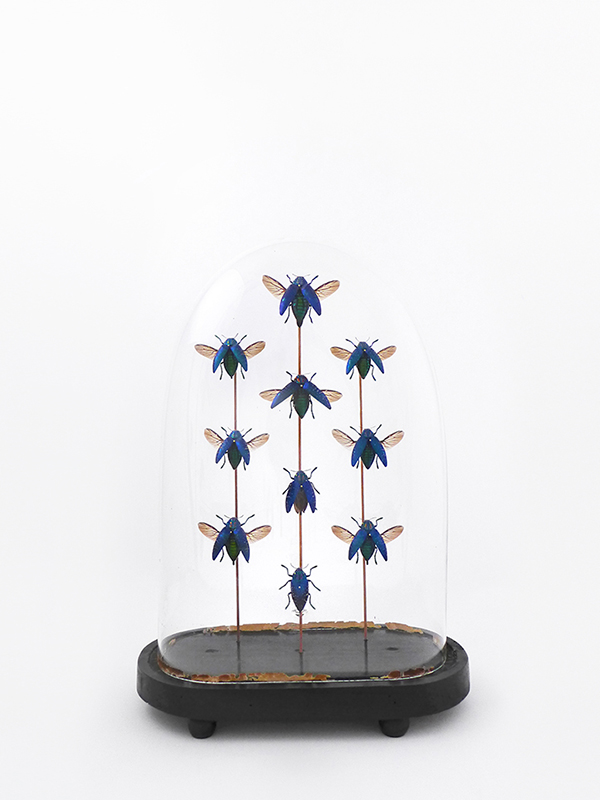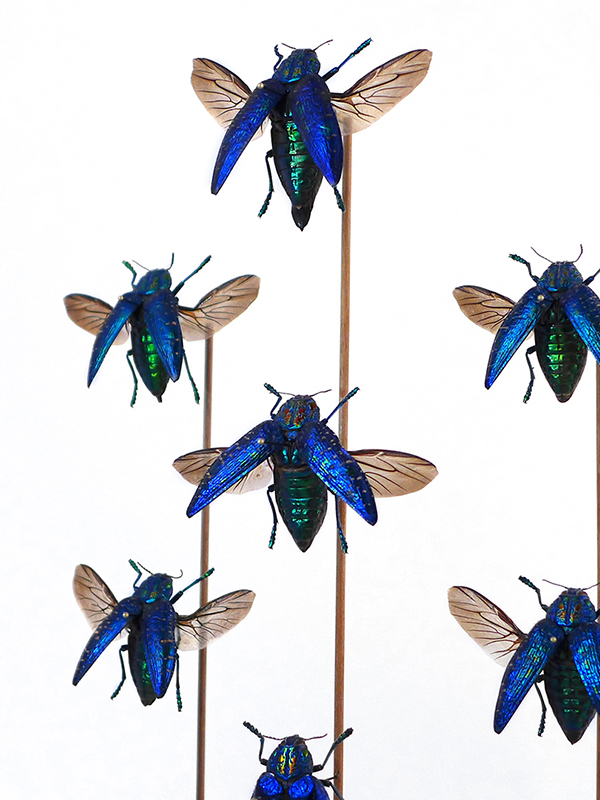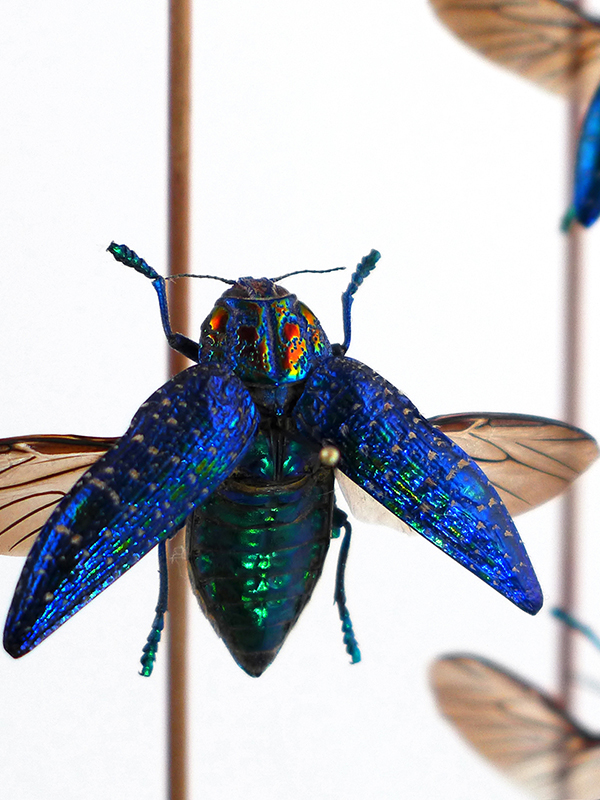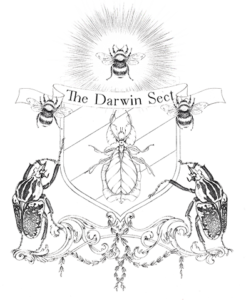Unique & Certify
Every one of our creations is unique, signed and has a certificate of authenticity.
Made by Us
All of our pieces are carefully made in our workshop with love.
RespectS Wildlife
Our works contain any protected species. All specimens come from certified breeding farms.
Lasts Forever
The insects remain intact over time and can be kept forever.
Custom-made
We can make custom-made pieces suiting your style and taste. Do not hesitate to contact us.
Guarantee
We guarantee damage-free delivery all over the world or a full refund.
SPECIES : Polybothris sumptuosa gemma
Polybothris sumptuosa can reach a length of about 35–38 millimetres (1.4–1.5 in). This jewel beetle shows various chromatic forms. There are a shiny metallic blue form (P. sumptuosa gemma), a dark green form (P. sumptuosa superba) and a dark green to black form (P. sumptuosa sumptuosa).
These wood boring beetles can be found in Madagascar.
GENUS : Polybothris
FAMILY : Scarabaeidae
Some of the well-known beetles from the Scarabaeidae are Japanese beetles, dung beetles, June beetles, rose chafers (Australian, European, and North American), rhinoceros beetles, Hercules beetles and Goliath beetles.
Several members of this family have structurally coloured shells which act as left-handed circular polarisers; this was the first-discovered example of circular polarization in nature.
In Ancient Egypt, the dung beetle now known as Scarabaeus sacer (formerly Ateuchus sacer) was revered as sacred. Egyptian amulets representing the sacred scarab beetles were traded throughout the Mediterranean world
ORDER : Coleoptera
The largest of all families, the Curculionidae (weevils), with some 83,000 member species, belongs to this order. Found in almost every habitat except the sea and the polar regions, they interact with their ecosystems in several ways: beetles often feed on plants and fungi, break down animal and plant debris, and eat other invertebrates. Some species are serious agricultural pests, such as the Colorado potato beetle, while others such as Coccinellidae (ladybirds or ladybugs) eat aphids, scale insects, thrips, and other plant-sucking insects that damage crops.







